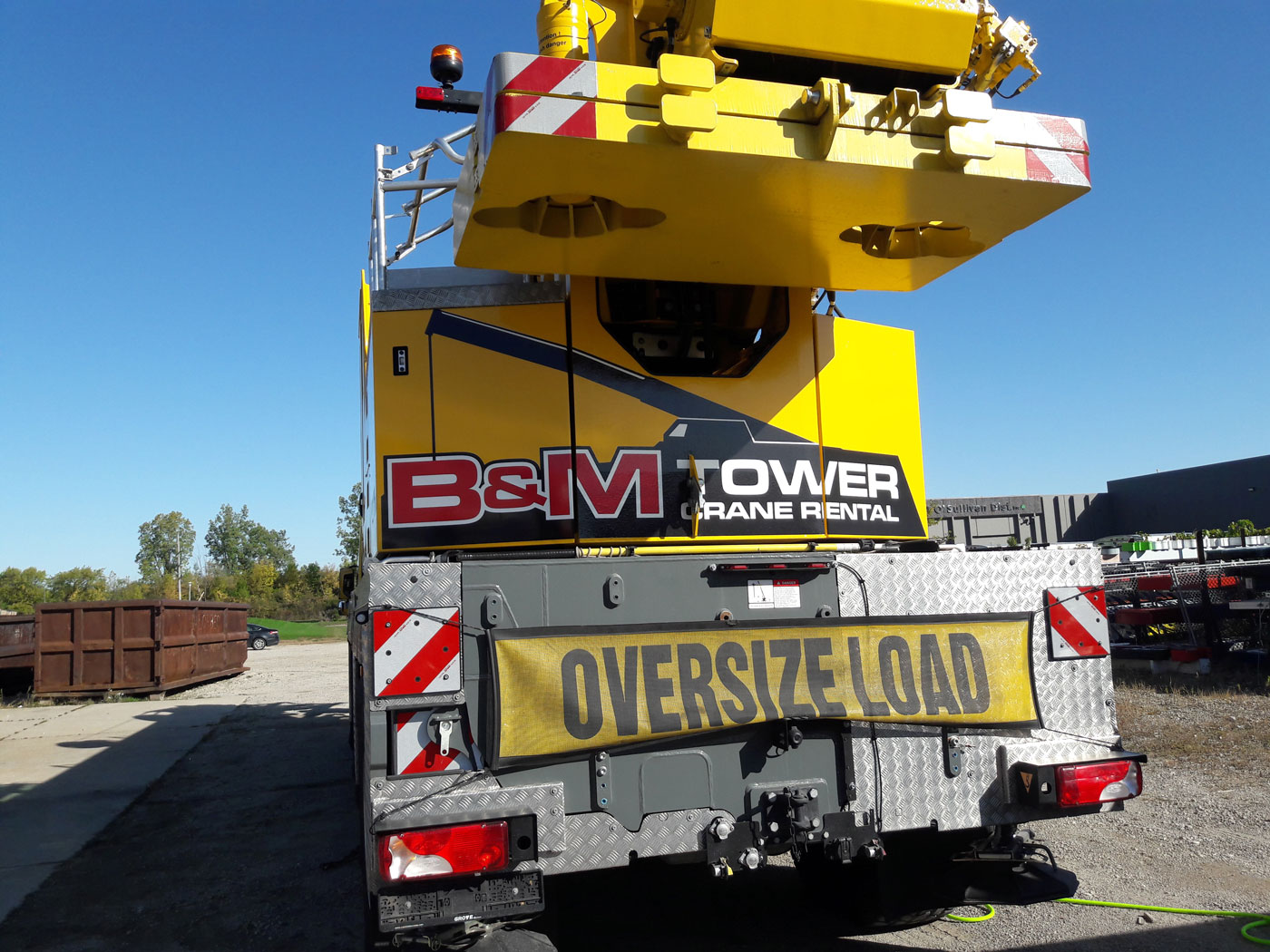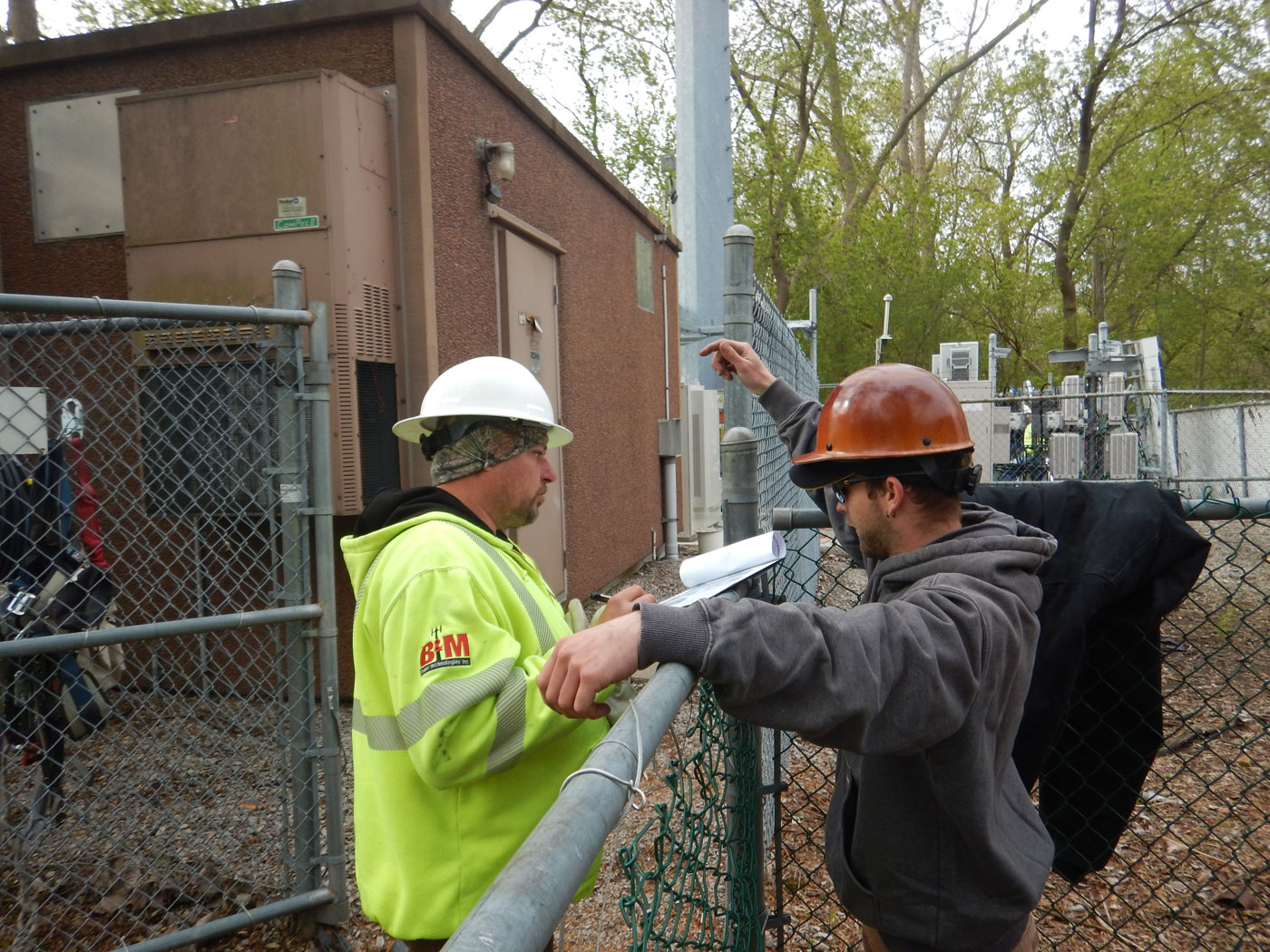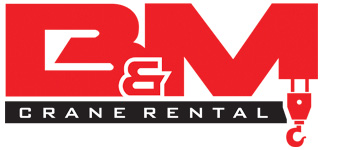Cranes are a wonderful tool to help lift and move heavy objects, or hoist personnel to higher heights. These machines pack a lot of power, and can be fatally dangerous if used improperly or by someone who was not trained in crane operation. There is a lot to keep in mind when it comes to crane safety, which is why we wanted to provide this guide that outlines all there is to know when it comes to crane operation and maintenance. Whether you are a construction contractor that is simply renting a crane, or a new crane owner that is feeling lost in the world of licenses and regulations, we guarantee that our crane safety guide will teach you something new about how to safely use your crane to get the job done.

Scheduling Crane Inspections
Before allowing anyone to operate a crane that you own, you need to be 100% certain that the machine is in good working condition. Although an operator should also be performing routine checks to make sure the crane is fit for use, you could potentially be held liable if any accidents were to occur while someone uses your machinery. To figure out how often your crane requires inspection, you can refer to guidelines set by the Occupational Safety and Health Administration (OSHA). The minimum requirement for crane inspection is once per year, but depending on crane type this could become as frequent as monthly, weekly, or even daily.
There are two types of crane inspections that you will need to abide by. The first are called frequent inspections, which should be done daily or monthly according to your crane’s working conditions. A crane working in normal conditions can undergo inspections once a month, whereas cranes in severe service should be inspected daily. Normal service cranes would be found places like manufacturing facilities, papermill machine rooms, or repair shops, while worksites such as cement mills, lumber mills, fertilizer plants and shipping container handling all constitute as severe service. The frequent inspections focus on checking the operating mechanisms, hydraulic and air systems, as well as hook and hoist chains of the crane.
The second category of inspections outlined by OSHA are periodic inspections. Again, based on the crane’s service conditions, the frequency of these inspections will differ. For normal service cranes, annual inspections are satisfactory. Severe service cranes must undergo periodic inspections quarterly to ensure they are in compliance with OSHA regulations. A periodic inspection is really focusing on the wear and tear of a crane to check if it requires any new parts or maintenance. The inspector will check the electrical systems, load and wind indicators, as well as gasoline and diesel power plants.
Be sure to keep records of crane inspections so that you and your employees can refer back to paperwork if needed. From a legal standpoint, this documentation can help protect you from liability in the event of an accident to show that you are proactive about crane safety in the workplace.
Hire Qualified Operators
Equally as important as ensuring that your crane is in working condition, is finding a qualified person to operate the crane. As an employer, you should only hire a crane operator that has gone through a formal training program and received certification from an accredited certifying body like the NCCCO. Starting in November of 2018, OSHA announced that crane operators in construction must be nationally certified, and undergo retesting every five years to show continued competency. When hiring a crane operator, ask to review the potential employee’s documents to ensure that they are up to date on all certifications and testing procedures.
A crane operator’s training should begin with an apprenticeship which lasts anywhere from one to three years. During this time, the trainee will attend classroom lessons as well as on the job training under the supervision of a journeyperson. Classroom courses include topics such as diesel engine systems, hydraulics for operators, powertrain, operation of trenching equipment and construction safety management. Hands-on work will teach students how to read blueprints, identify machine parts, perform routine maintenance, and of course how to safely operate heavy machinery. When interviewing potential crane operators, feel free to touch on these topics and gauge the interviewee’s knowledge.
Once you hire a qualified crane operator, be sure to brief them on your safety practices in the workplace. Unfortunately, not every contractor follows the rules, so some employees may not be familiar with your standards. Explain to the operator that daily, visual safety checks should be completed before working with a crane. Your operator should check on the following areas during this inspection:
- Hooks
- Bottom block assembly
- Wire rope
- Load chain
- Bridge and trolley motor brake
- Fire extinguisher and emergency exit
- Air and hydraulic lines
Though it may seem repetitive, these inspections only take a few minutes and can eliminate many workplace accidents that are potentially fatal. Implementing software on a company device can streamline this process and make documentation much easier to refer back to.

Rent or Buy From Reputable Businesses
Sourcing your crane from a reliable company is a must. Try to search for companies that have been around for a while and gained experience in the world of cranes. Make sure to scour the internet for reviews that cover safety, customer service, and reliability. The crane rental company or seller should feel comfortable answering all your questions regarding the crane’s condition, past inspections, and any maintenance done on the crane. Trust your gut when purchasing heavy machinery like this, and don’t hesitate to walk away from a deal if the seller or renter makes you uncomfortable.
Foster A Safe Working Environment
Our last tip in regards to crane safety is to make safe habits part of the everyday work environment. Employees will hold one another accountable, and not feel overbearing when reminding others to abide by the rules. Some policies that we recommend implementing are:
- Always keeping the base and circumference of the crane clear. Before using a crane, ensure that no one is working around the base area, or within the boom lift circumference. This will avoid the chance of someone being hit by falling debris, or the possibility of the lift hitting them with an object.
- Require harnesses when hoisting personnel. This is a quick and easy practice to get your employees in the habit of doing. Before getting on the platform, employees must put on a harness and secure their lanyard fully to the bucket. Minor bumps or strong winds are enough to knock someone off the platform, causing serious injury or even death.
- Never push the lifting capacity. This seems obvious, but some operators think just stretching the weight capacity by a small amount is acceptable. We’re here to tell you it’s not. These capacities have been carefully defined based on rigorous testing and calculations, even going slightly over the limit can put the top of the lift at risk of toppling over.
Final Words
Hopefully this safety guide shed some light on the vast world of crane safety. We encourage anyone who is in the vicinity of cranes to take safety seriously, as these large machines can do a lot of damage if used incorrectly. Our final piece of advice is that if something feels wrong or risky, it probably is!

